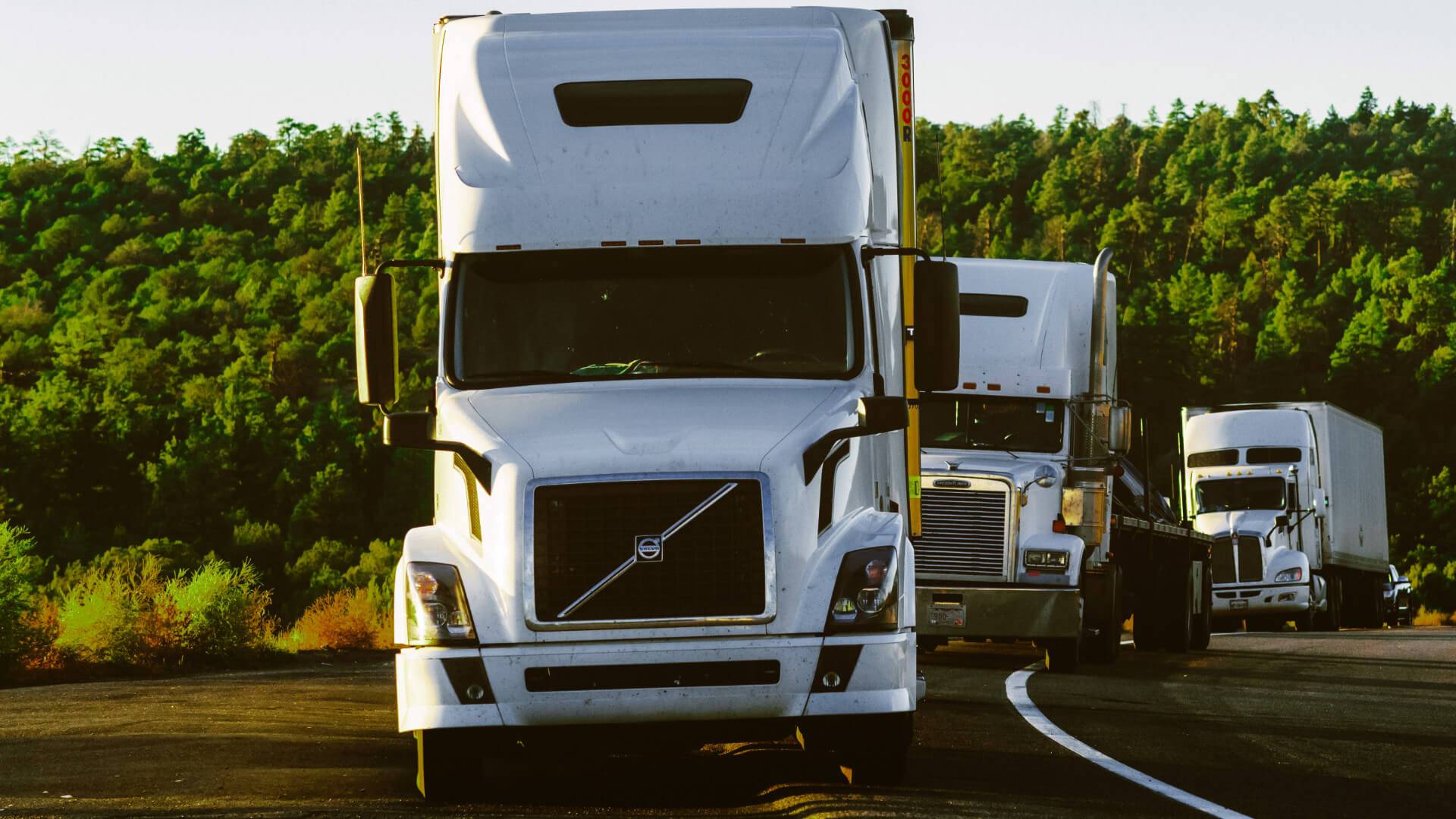
What is “Green Freight?
Green freight refers to a set of techniques and practices that enhance the efficiency of the freight industry while also allowing for standardizing and performance tracking. A green freight approach encourages the adoption of technologies and practices throughout the freight industry in order to save costs, measure carbon emissions, and improve the environment.
To transfer freight in the most sustainable methods and improve supply chain activities, a procedural approach will be required, in the form of green freight companies, one that integrates modern vehicle technology and strategies. Since heavy-duty vehicles are responsible for a considerable amount of oil usage, greenhouse gasses, and air pollution, the adoption of fuel efficiencies and emissions-control technologies are important for emissions reduction. However, decarbonizing freight is more difficult than decarbonizing other parts of the economy, and technology alone will not be enough to reach that goal.
Green freight companies support the freight industry’s efforts to reduce emissions of greenhouse gas and airborne pollutants while increasing fuel economy throughout the global market while retaining productivity and competitiveness. Businesses can lower costs and become more competitive by reducing the quantity of energy (i.e., fuel use) connected with freight transportation using a variety of strategies. These efficiency efforts invariably result in emissions reductions, which have larger societal and environmental advantages.
What is the equipment used?

Businesses all throughout the world recognize the economic, social, and ecological benefits of freight transportation optimization. The following is a list of green freight equipment used by companies that have profited from implementing green freight strategies.
By working with rail transportation instead of roads, a $200 million agrarian cooperation, as well as well-known fruits juices and foods company lowered carbon emissions from its distribution operations in the United States southeast by 20%.
By switching to lightweight containers and combining inbound shipments of truck parts to its assembly factory, the world’s largest manufacturer of mining and construction equipment reduced carbon emissions and expenses.
By switching from road to rail delivery and making better use of rail containers, a leading maker of packaging and paper products reduced carbon emissions and expenses.
The Container Store, Michael Kors, Hershey’s, and Kraft Foods are among the companies that use Shippers who have reduced shipping expenses while reducing their company’s environmental impact.
Why it is needed now more than ever?
The heightened emissions of carbon dioxide during the 1990s have put the planet in jeopardy due to freight transportation, it is now more than ever essential. In 2016, it climbed by 71 percent, and by 2050, it is anticipated to expand by another 50 percent.
Furthermore, transportation is the primary source of rising global warming, health concerns, and greenhouse gas emissions. As a result of these difficulties, the government has been forced to create environmental protection measures in order to reduce the harm caused by greenhouse gas emissions. As a result, adopting a greening strategic plan is critical in order to minimize the impact of a toxic environment caused by industrial waste, as logistic activities have greatly contributed to elevating the level of air pollution, which has negative consequences for both the economy and the environment.
